Posted by Maris on 31st Oct 2023
7 Unique Buildings You Only See in Scotland
People have been living in Scotland for many thousands of years, and over that time, they have built some amazing and, in some cases, odd structures! From Glasgow to Shetland, seven of the most astonishing instances of architectural architecture may be found all over the world, ranging from massive decaying mansions to stone-age dwellings that are still standing.
1. The Dunmore Pineapple
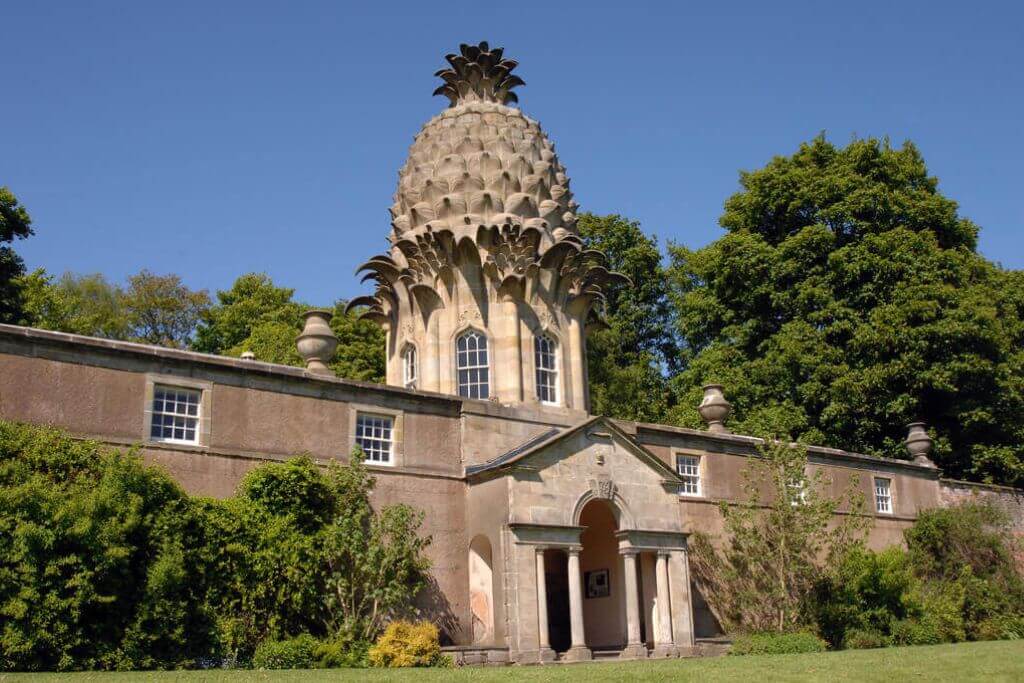
This was the summer residence of the Earl of Dunmore, the last colonial governor of Virginia. It was built for him in 1791 and still stands today. Pineapples were among the many fruits successfully grown within the walled gardens that surrounding this unusual mansion. Scotland was the first country in the world to cultivate pineapples in 1731. Despite being a rather strange structure, it has endured the test of time, and there is nothing else quite like it! It is presently offered for vacation rental.
2. Broch of Mousa
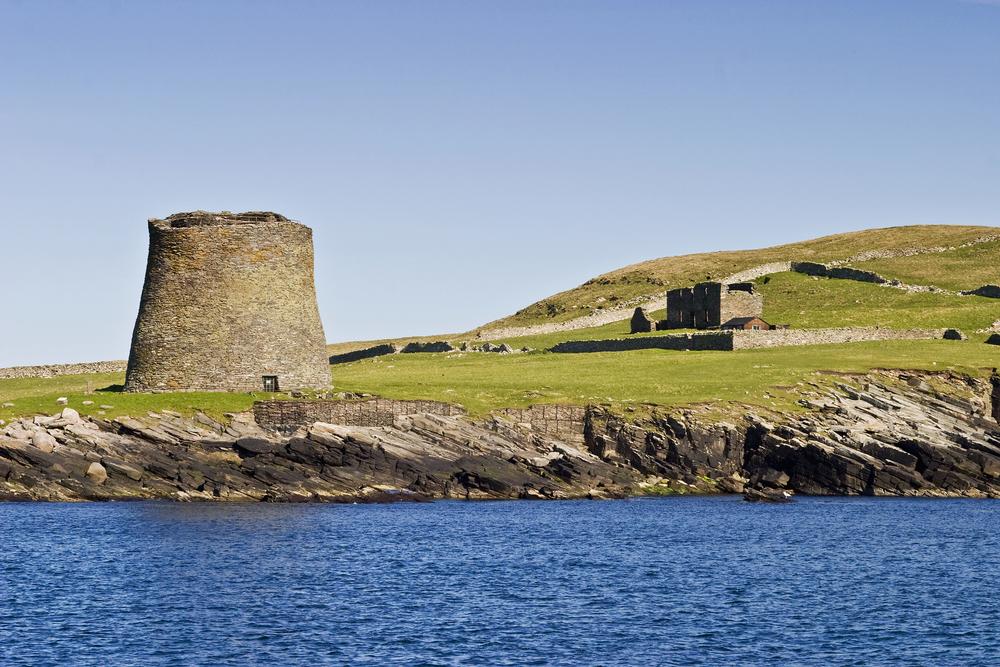
The best example of this style of ancient architecture that has survived to the current day is the Broch of Mousa in Shetland. It was built more than two thousand years ago during the Iron Age and is mentioned in two of the greatest works of Viking literature: The Orkneyinga Saga and Egil's Saga. Given its antiquity, the level of engineering talent that went into the structure's design is astonishing, especially given its height of more than 13 meters (43 feet). It is now home to thousands of storm petrels, who have built nests within the building's walls.
3. Rosslyn Chapel
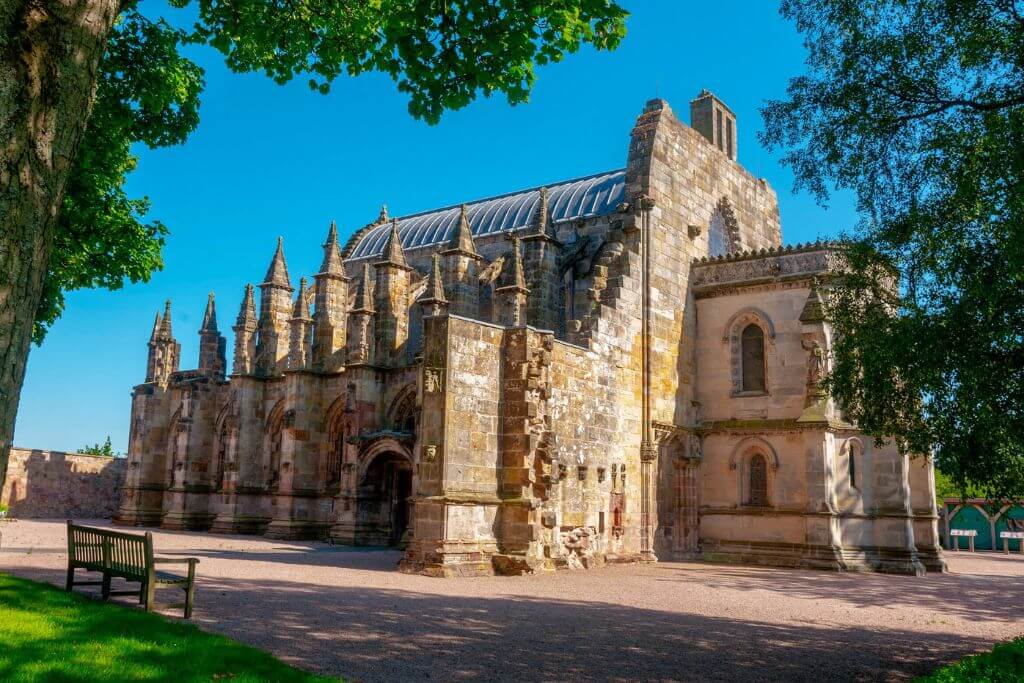
Rosslyn Chapel, which is a stunning example of medieval design and craftsmanship, received a lot of attention as a result of the Da Vinci Code. The church fell into ruin and became derelict after being ordered to be built in the 15th century by William Sinclair, the First Lord of Caithness, and then abandoned in 1592, until Queen Victoria paid a visit and demanded that it be reconstructed. It is currently a major tourist destination, attracting tens of thousands of visitors each year. It shouldn't matter if it has any hidden diamonds or relics because the carvings are important enough to be deemed a treasure in their own right.

4. Castle Sinclair Girnigoe
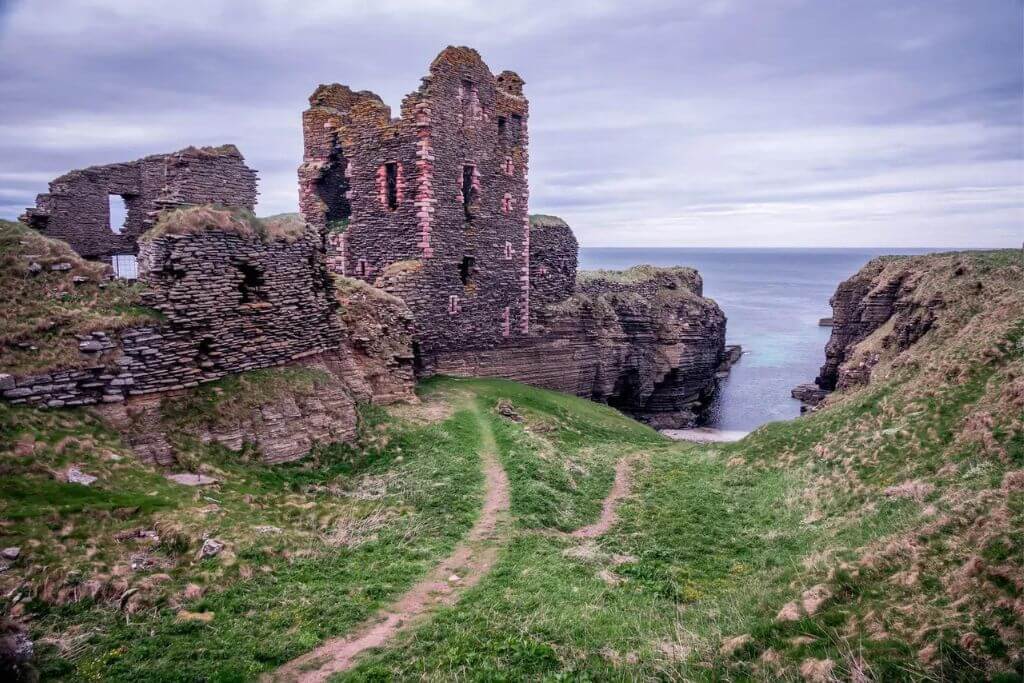
The mention of Rosslyn Chapel demonstrates that the Sinclair family has long had a major position in Scotland. Nonetheless, their stronghold remained in Caithness, a county in the far north of the country, and they built several fortified mansions there. There are three castles in the bay that bears their names: Keiss, Ackergill, and Sinclair Girnigoe, the last of which was actually two independent fortresses. In addition, the bay has a beautiful beach that is backed by dunes. The only one that is a modern hotel is the Ackergill; the rest are all crumbling wrecks.
5. St. Peter's Seminary
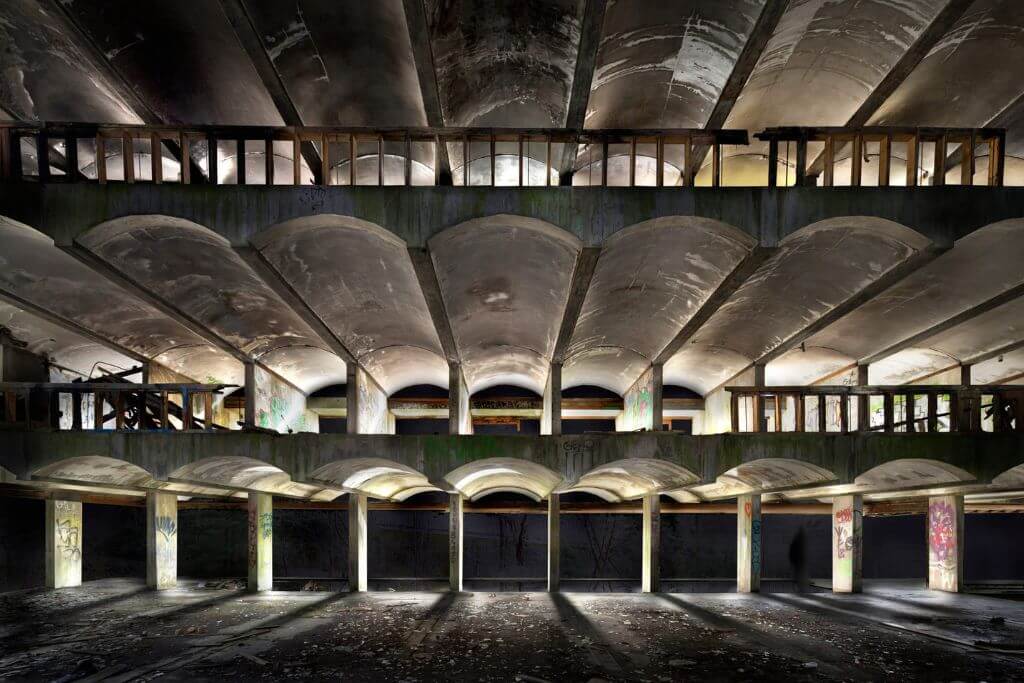
This austere example of brutalist architecture was completed in 1966 and is renowned globally as an architectural monument. This use lasted until 1980, when it became a treatment facility for drug users before being abandoned and quickly crumbling into ghostly ruins. The structure was built to accommodate Roman Catholic priests in training, but that function did not endure beyond that year. The concrete structure, which is regarded as Scotland's greatest post-war structure, is currently the subject of rescue operations.
6. Dunalastair House
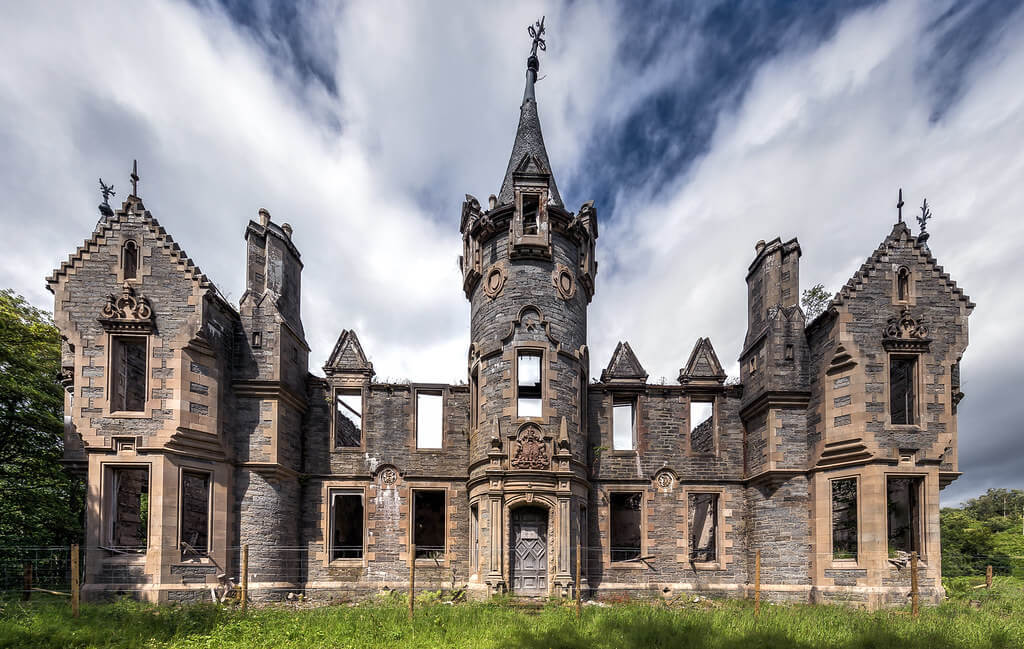
This majestic manor residence was built in 1862 and is not far from Pitlochry. It was previously known as Mount Alexander. It was built on the site of two earlier Clan Donnachaidh residences, both of which were destroyed by fire. After being occupied by the military for the length of WWII, it was later used as a shelter for displaced people. It was likewise devastated by fire in 1952, leading to its demise. It is now merely a shell, with birds and bats making their nests in the crumbling towers. The presence of two tiny graveyards buried away in the woods heightens the spooky atmosphere.
7. Skara Brae
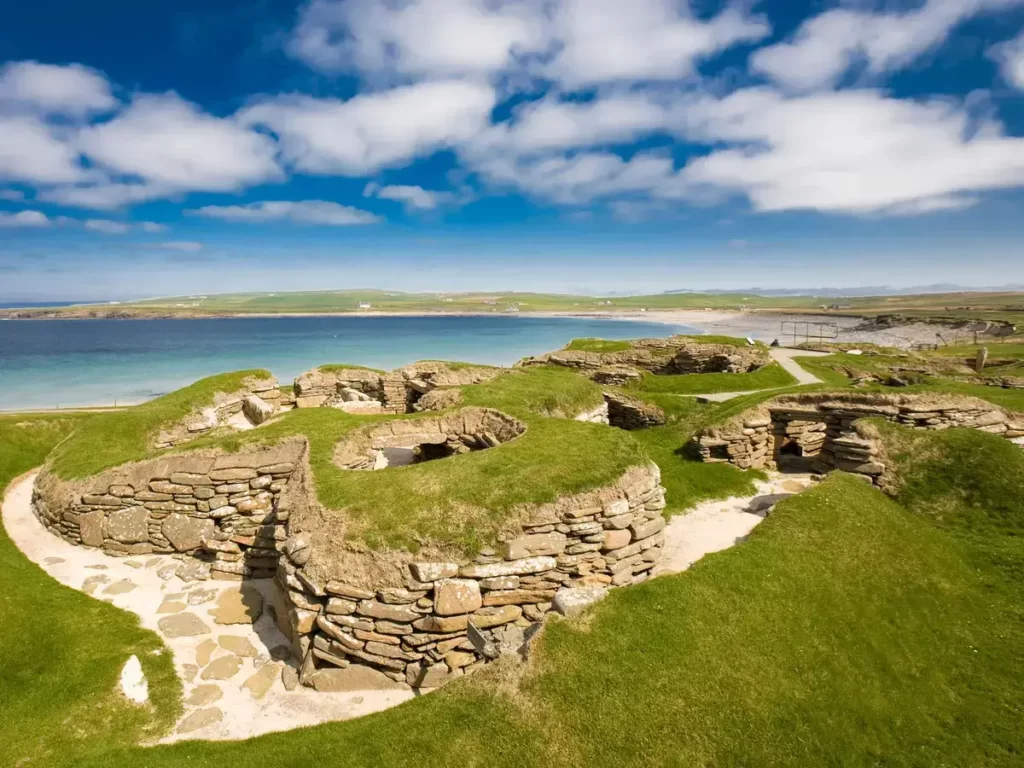
Skara Brae is more than 3,000 years older than the Broch of Mousa, putting its age at over 5,000 years when compared to the Broch of Mousa. Tonnes of sand were carried away by a storm in 1850, uncovering not just one building but a complete Neolithic settlement of eight. The world found this place, which is currently on the list of UNESCO World Heritage Sites. The amount of preservation is astounding, even down to the stone furniture, which includes beds, dressers, and chests of drawers. It is the most oldest and well-preserved residential site in Europe. Furthermore, Indiana Jones has made reference to this location in his writings and films.

